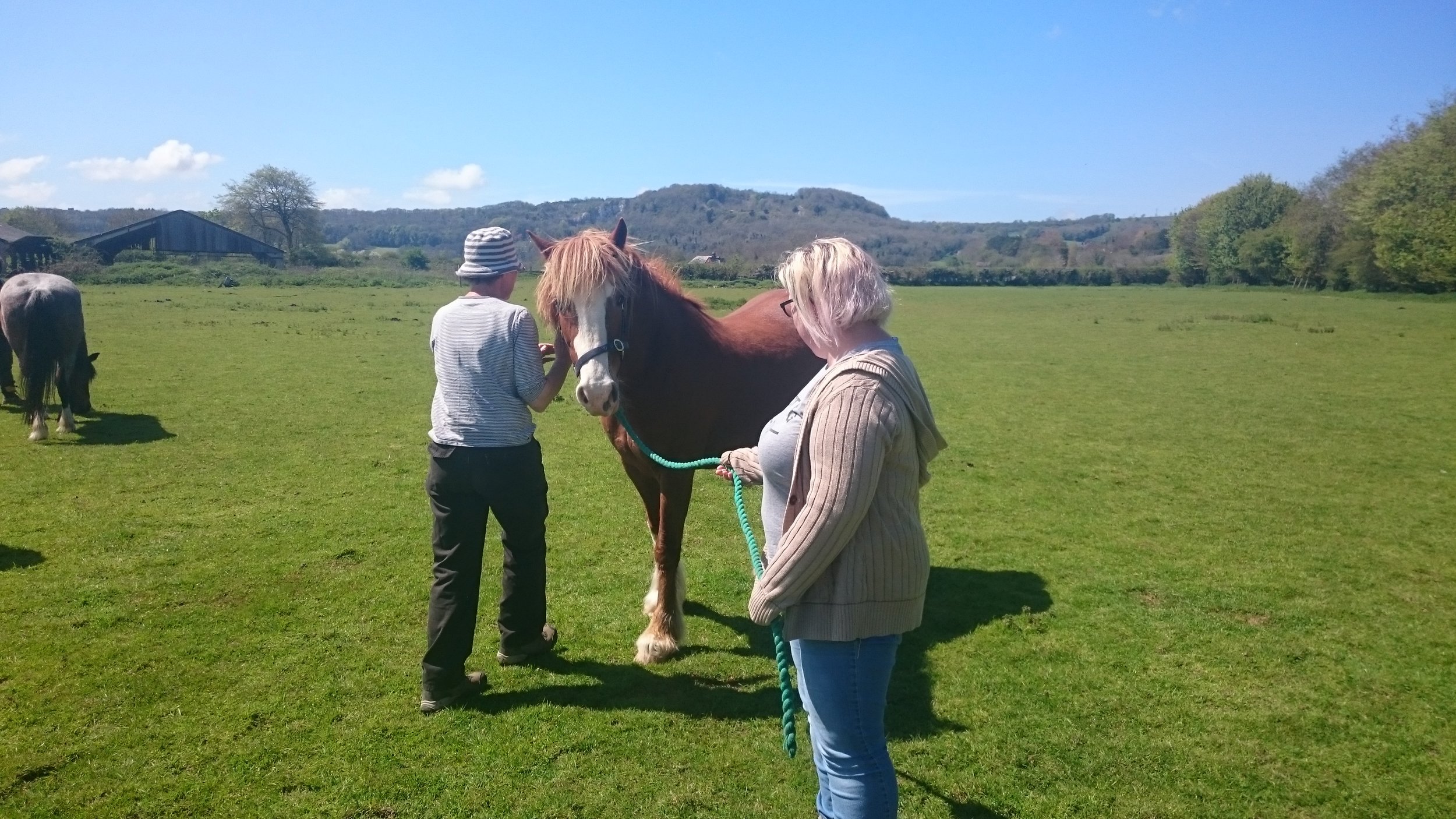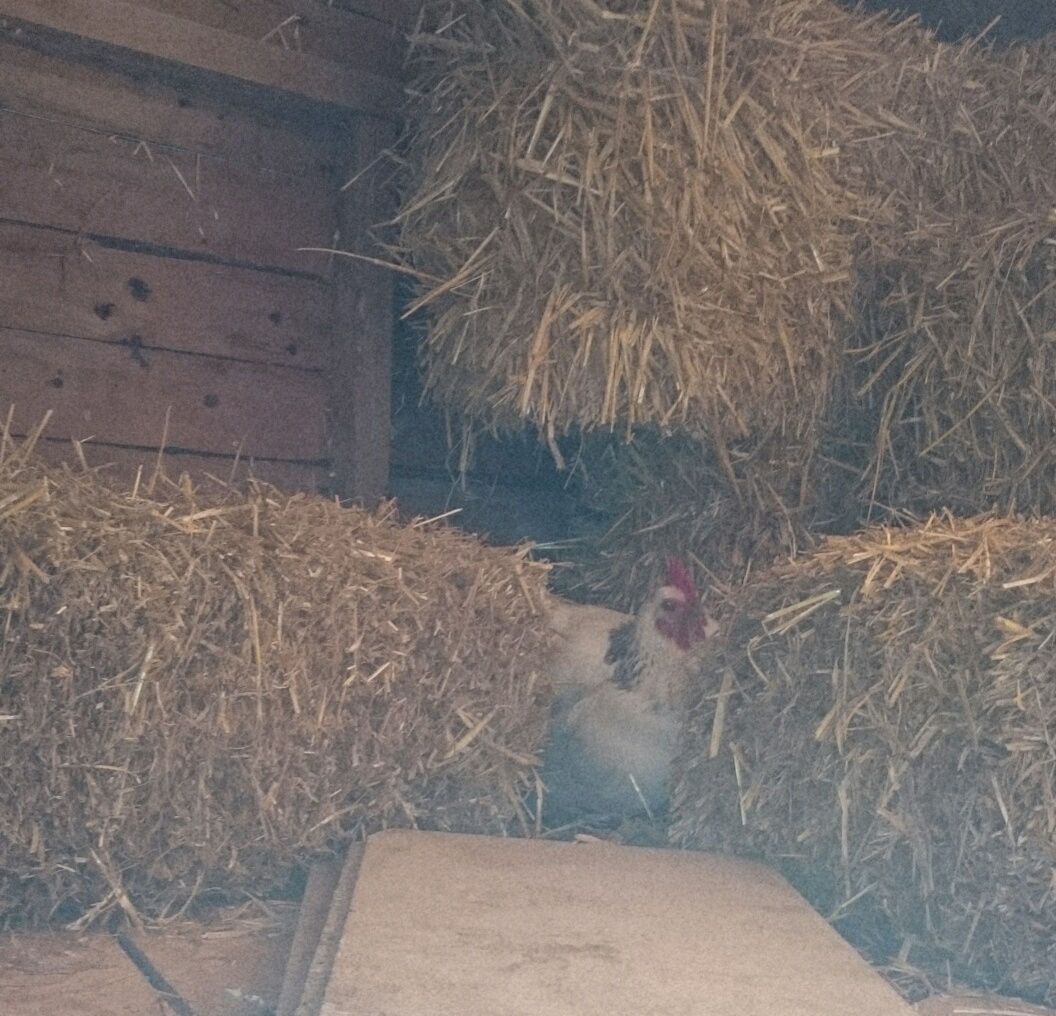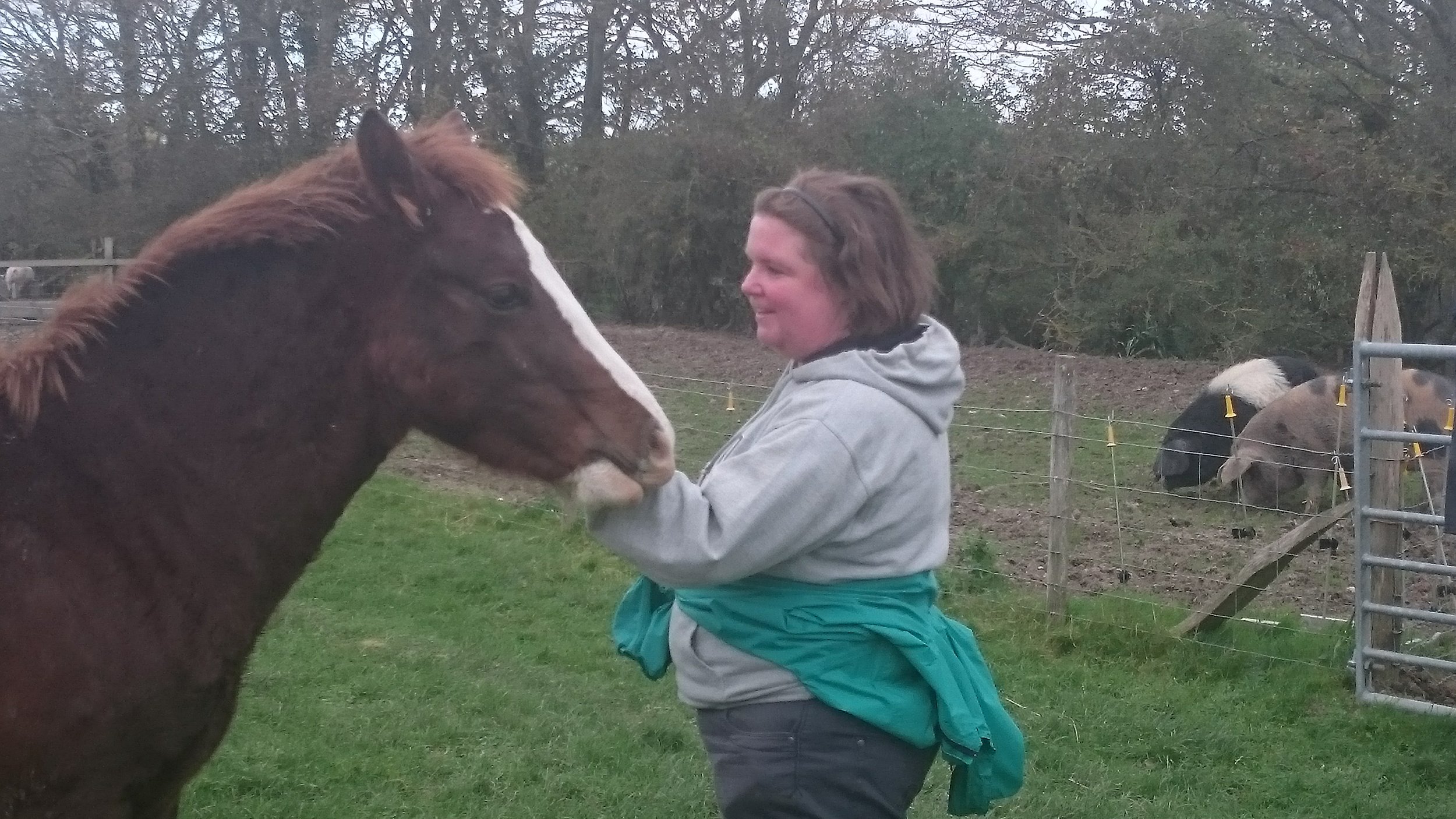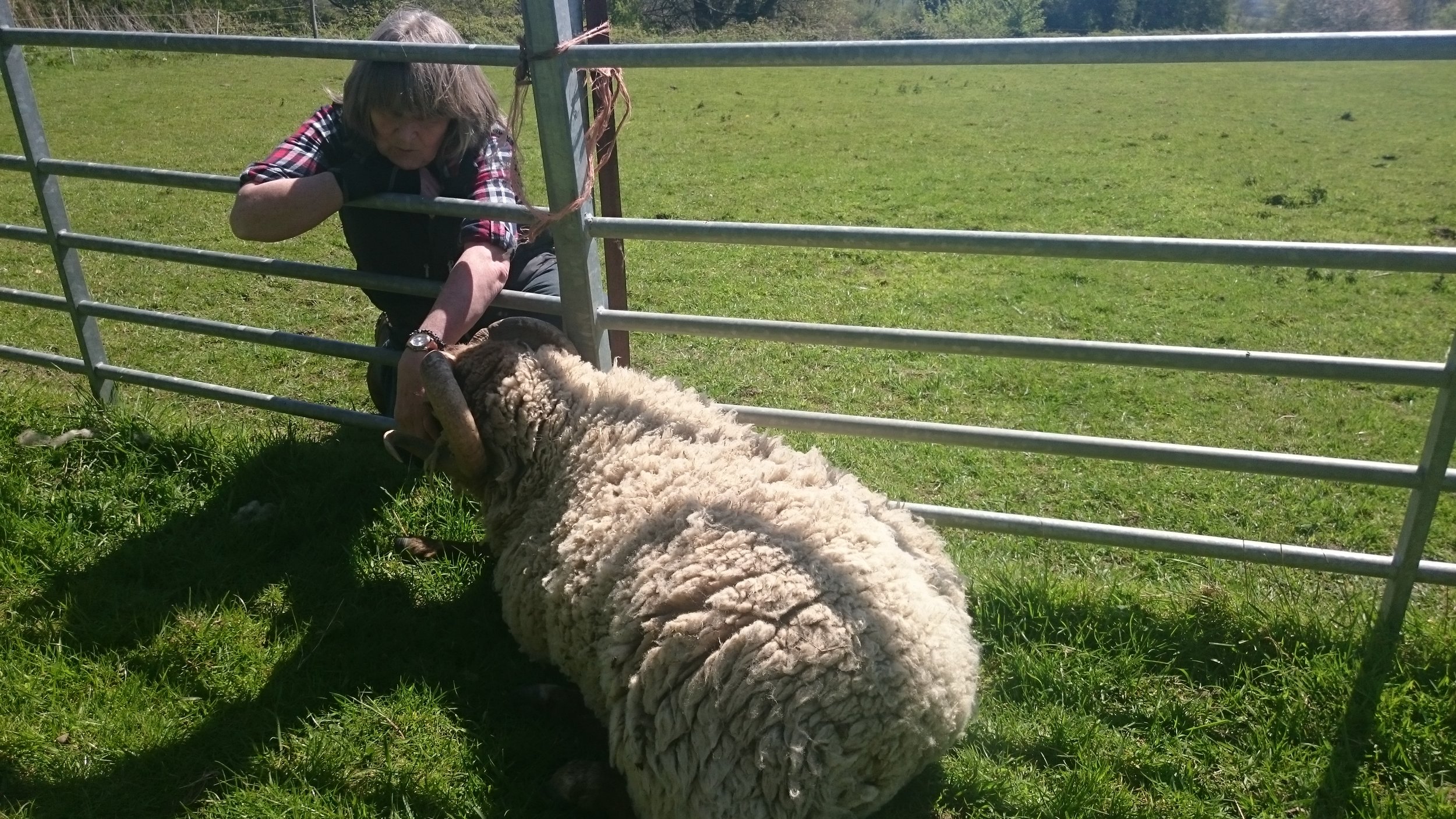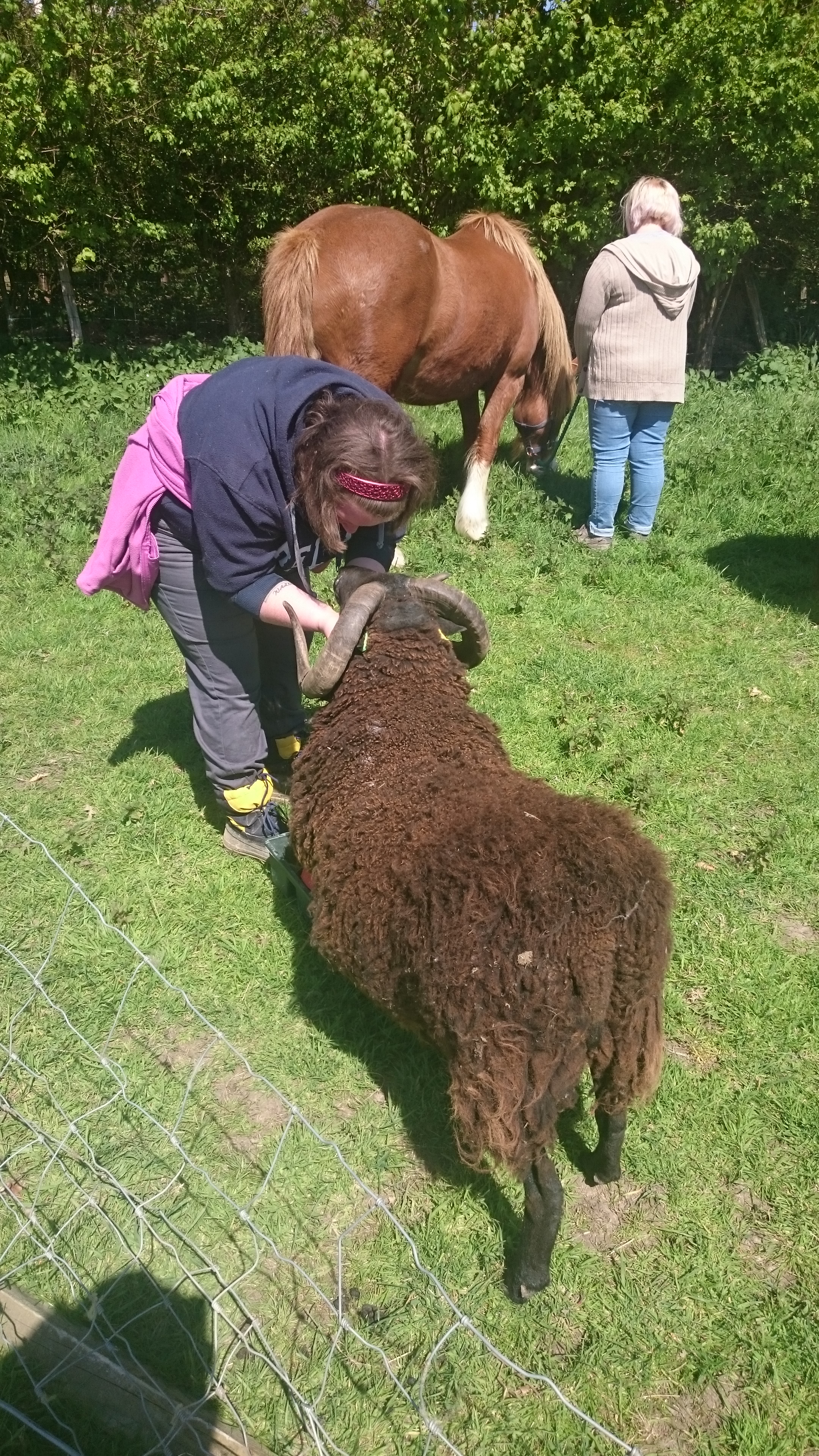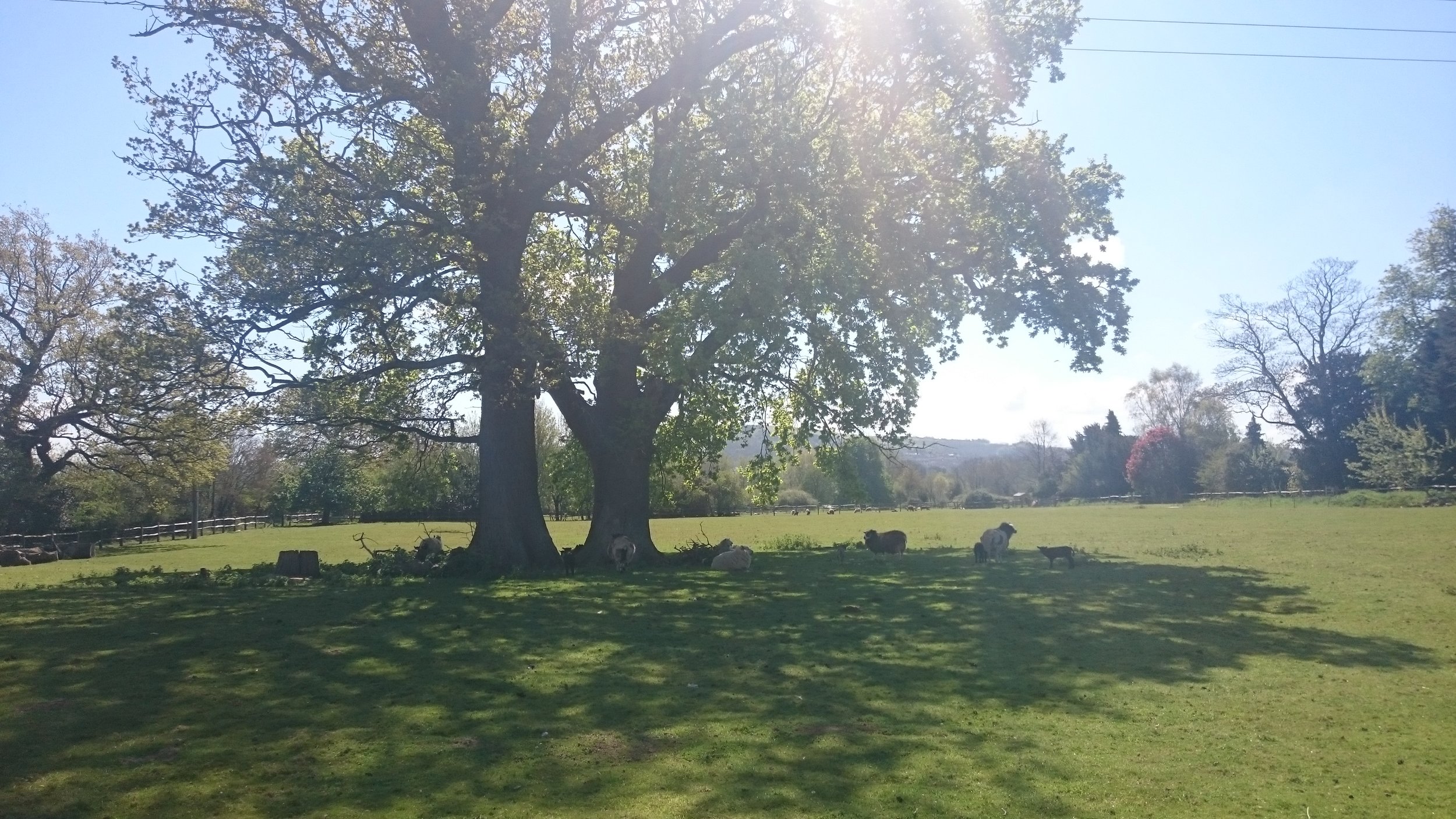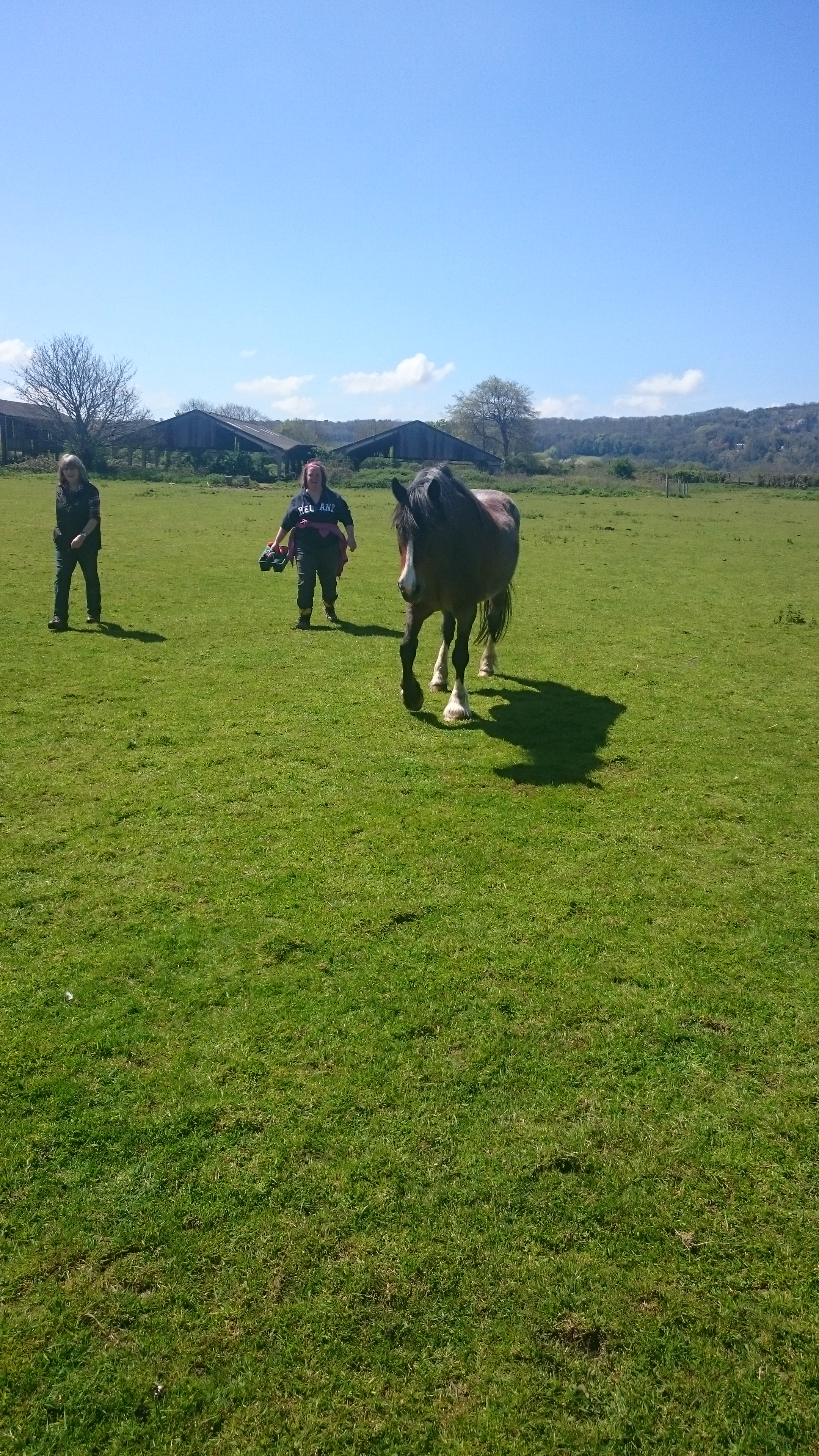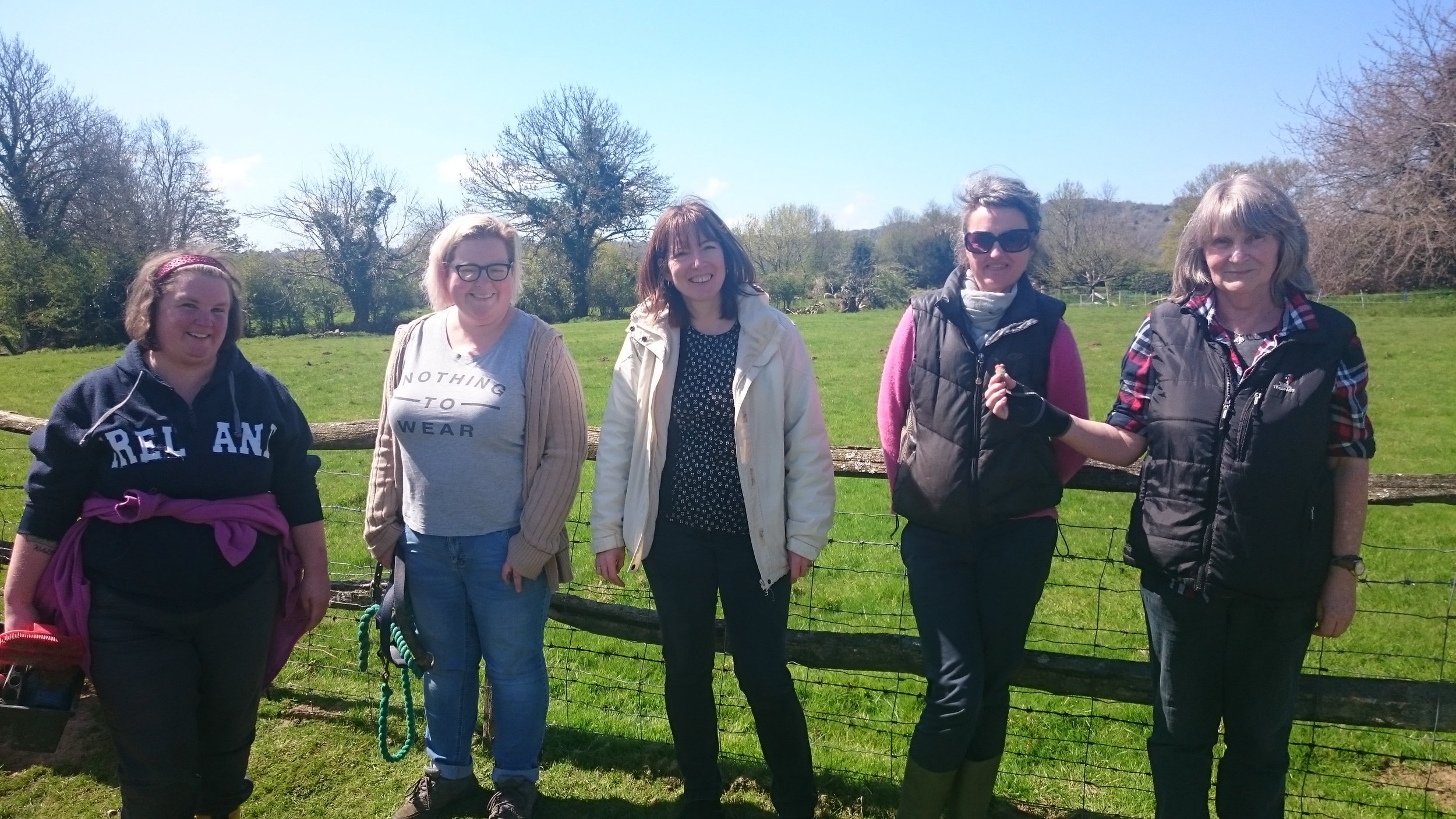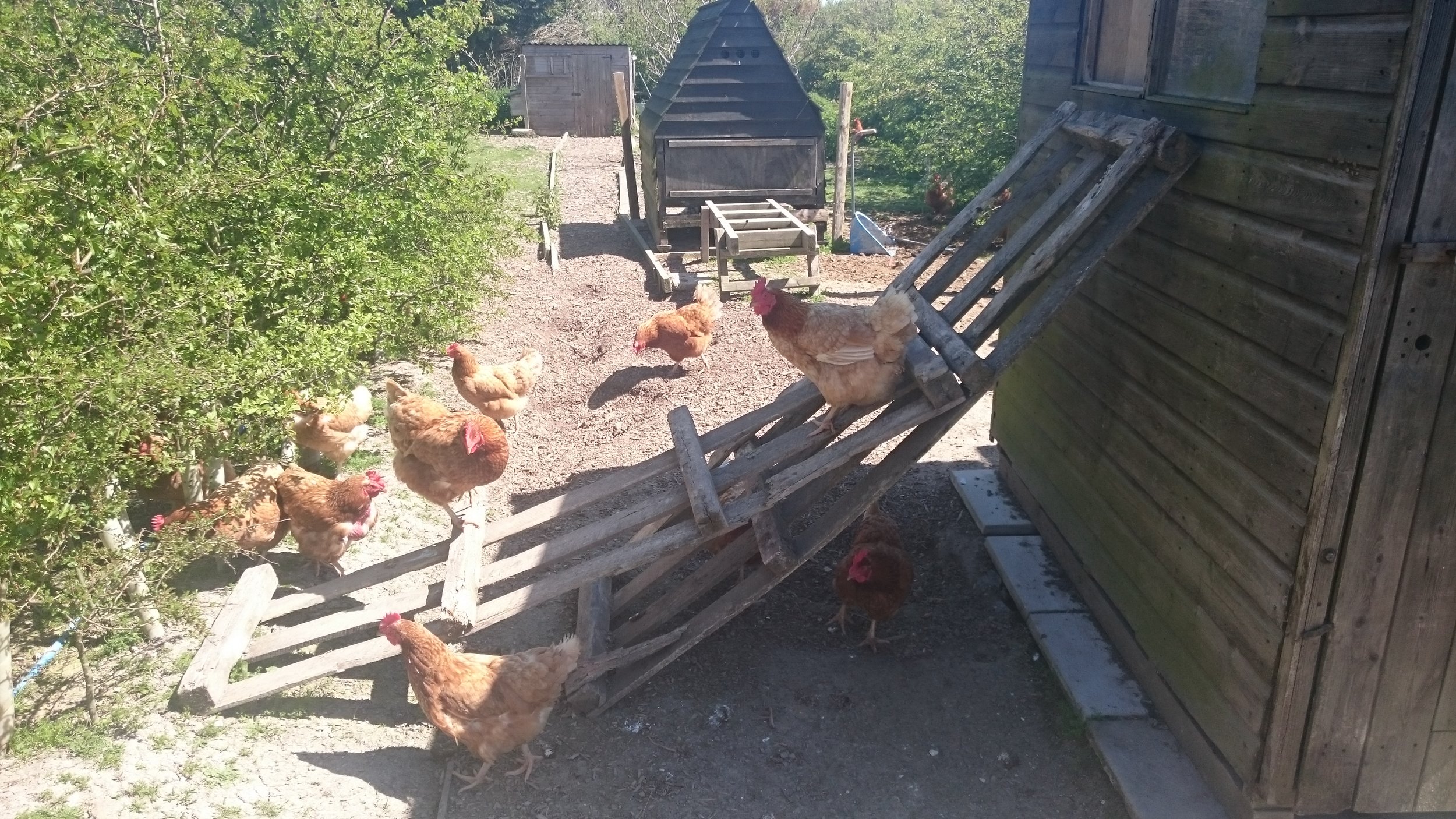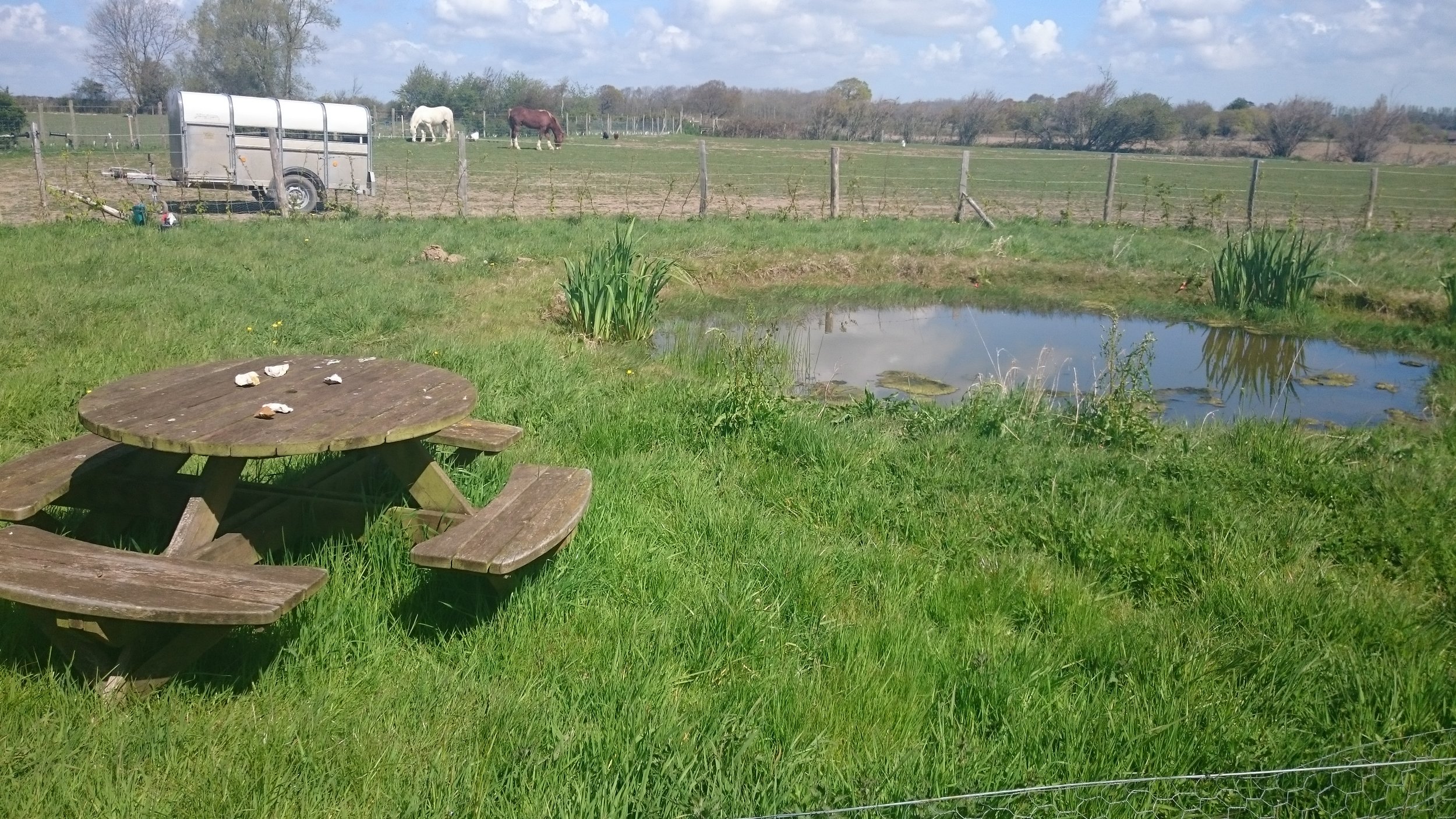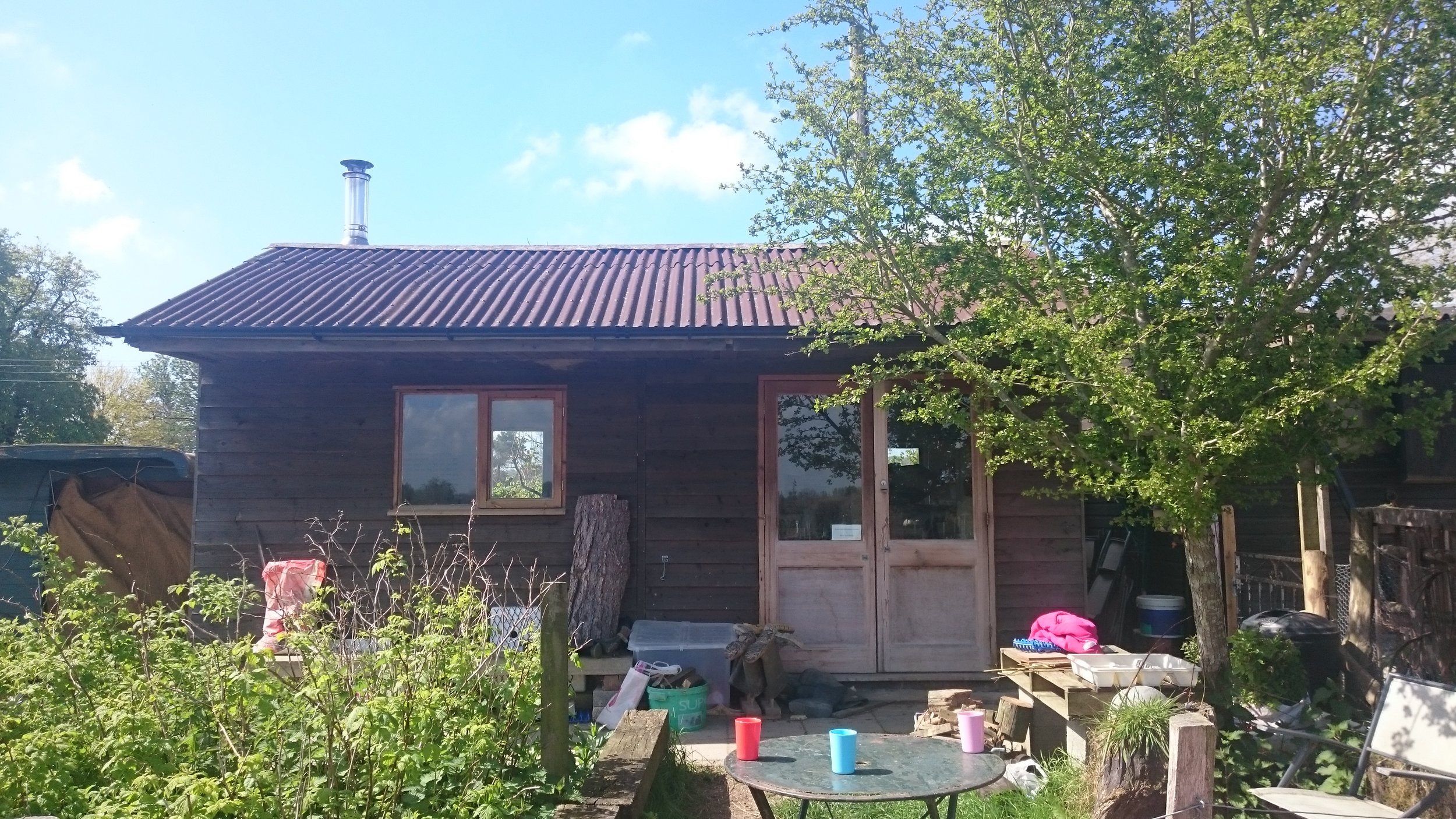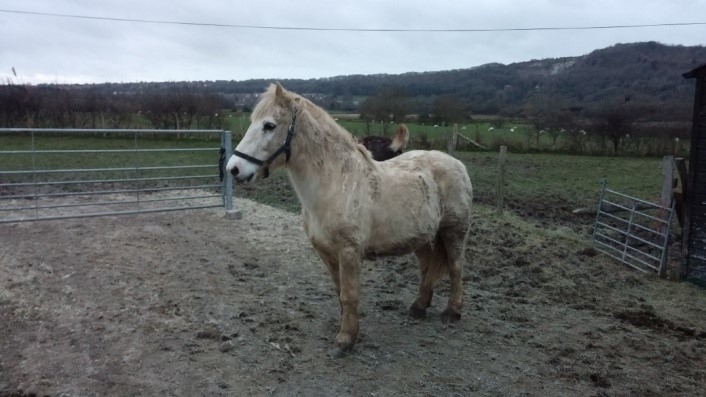Things that were learnt with the Bluebell House group at Flourish sessions at Baulcombes Barn
February – May 2016
Flourish run three lots of nine sessions at Owena's smallholding in Hamsey near Lewes called Baulcombes Barn, working with the animals and learning about what running a smallholding means.
This is what our regular group from Bluebell House Recovery Centre have just been learning about:
Pasture
The grass growth always slows down during winter, but this year was particularly tricky because of the extreme wet weather.
The pasture became damaged by the animals, the ground becomes, ‘poached’, this meant our horses Foxy and Tallulah spent most of the winter in the stables.
During the winter we feed hay and haylage (a mix of hay and silage) to the sheep and ponies because there is not enough grass.
Sheep
Advice was given to not to go near ewes and lambs if pregnant because of risk of Toxoplasmosis. This is caused by a single celled organism, the life cycle of Toxoplasmosis involves several stages.
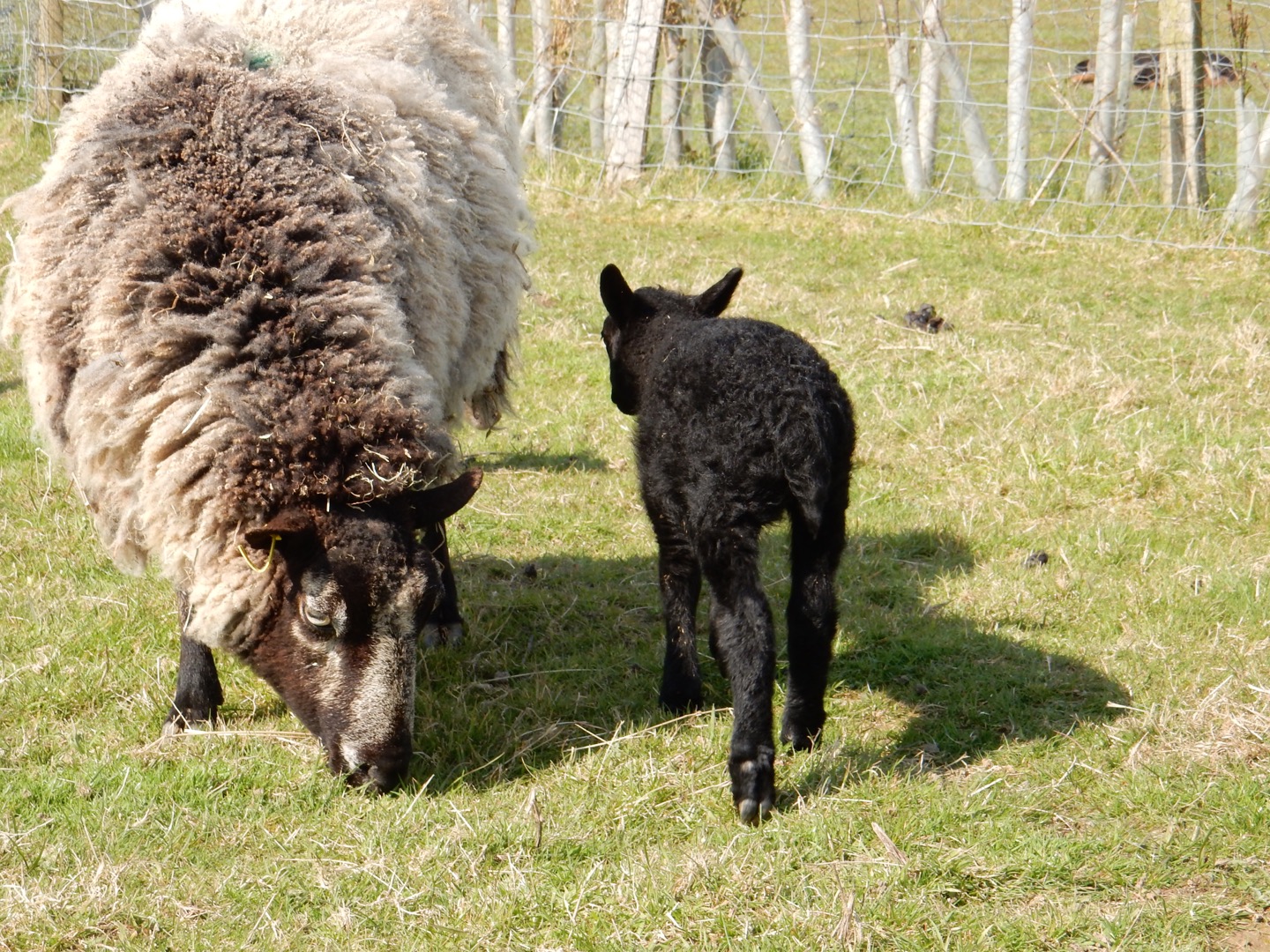
Lambing
The sheep were scanned 90 days into their pregnancy, the results were:-
32 expecting sheep twins
1 sheep expecting triplets
4 sheep expecting singles
Six weeks before lambing the sheep have ewe nuts to give them extra protein and vitamins.
Signs of lambing:
We did not see any! But we talked about the them.
- The ewe is restless, and takes herself away from flock.
- She may push and strain, stand up and sit down, paw the ground to get comfortable.
Lambing
- The waters break, lambing usually occurs soon after, but can be longer.
- If she is pushing and straining for an hour and no lamb appears, check the ewe to see that the lamb is presented correctly.
Aftercare
- Allow the ewe to thoroughly lick the lamb dry.
- Move ewe and lambs to a pen to ‘mother up’.
- Iodine the navel to stop infection.
- Check the lambs have had some milk.
- Keep handling of new lambs to a minimum to avoid putting your scent on the lamb.
- When moving lambs hold them by front their feet.
After 24 hours. *Rubber-ring any boy lambs so their testicles will drop off.
Hens
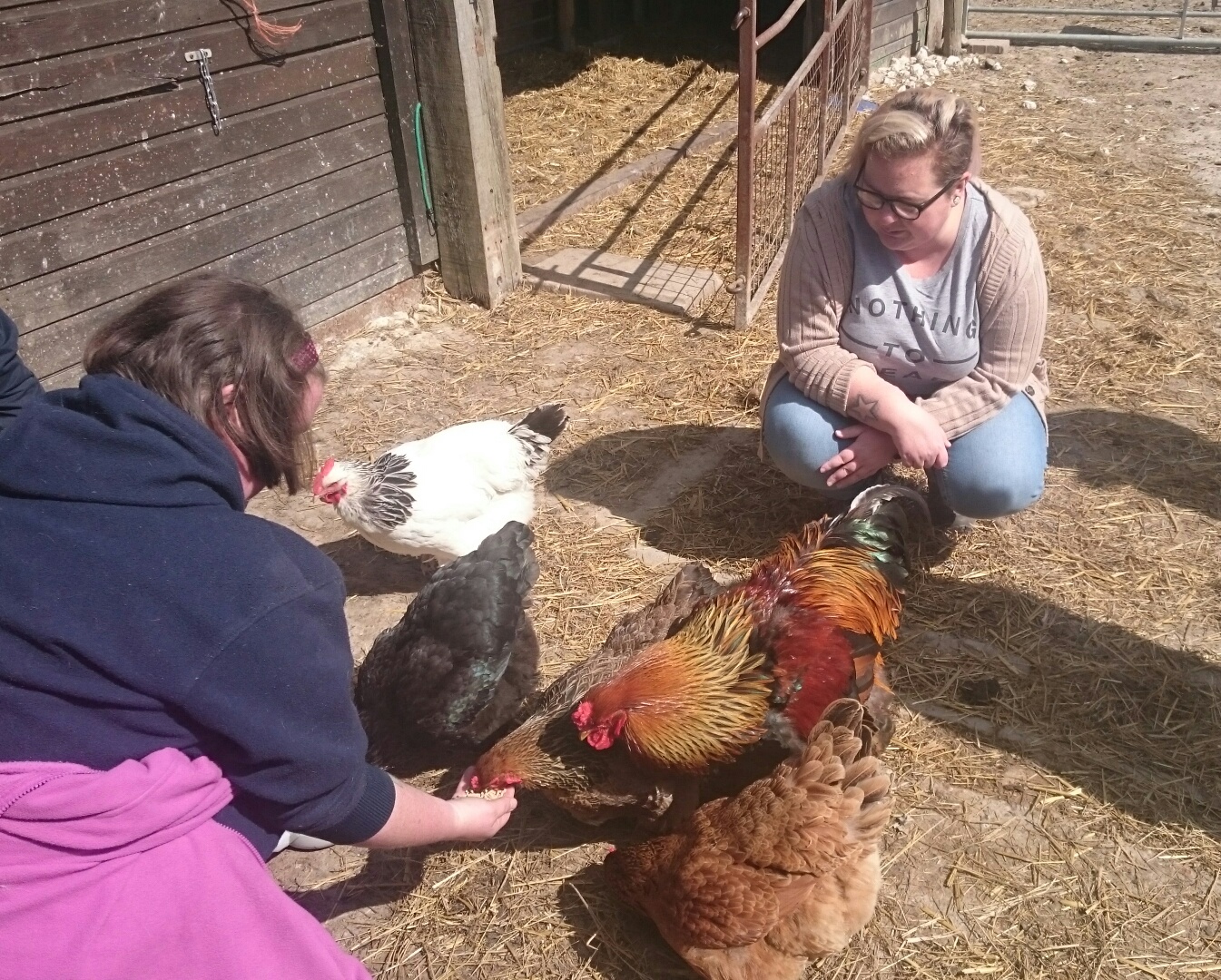
The hens live outdoors and forage, they spend most of the day pecking the ground to find insects.
They also spend time preening and cleaning off bugs.
We top up their diet with layers pellets which provide an added source of protein and vitamins.
When holding a hen, hold her firmly and keep the wings pinned close to her body to avoid her flapping in panic.
Hens start to lay eggs around 4 – 5 months old. They can lay an egg every other day, but most of our hens are older and they will lay for several months daily eggs and then have a month or two break.
Hens usually live for 4 – 5 years, but we have recently had a hen live for 9 years.
Broody hens
Once a hen goes broody it is nearly impossible to stop her wanting to sit on a clutch of eggs.
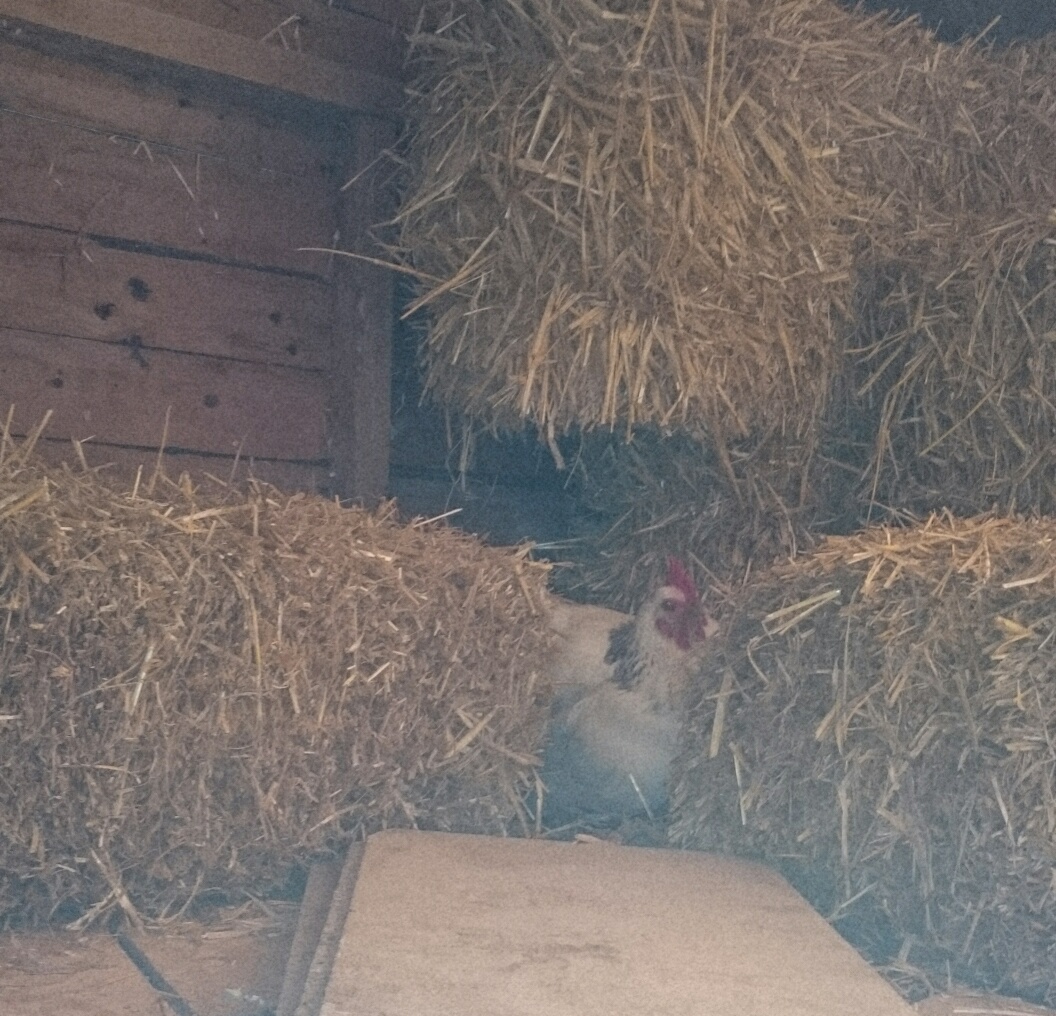
She will sit for three weeks, occasionally getting off her nest to have a drink, eat, clean and poo.
The chicks hatch and for the first 24 hours they stay under the mother to keep warm and they eat the left over egg.
At one day old, they will start to copy mother hen, pecking and drinking water.
They will continue to go under her wings to keep warm for the next six weeks, depending somewhat on the weather. They are vulnerable to predators but the mother hen will see off most creatures.
Ponies
The ponies cannot be brushed when they have wet mud.
The ponies can be groomed when they start to loose their coat, this is good to keep them accustomed to being handled by us.
Pigs
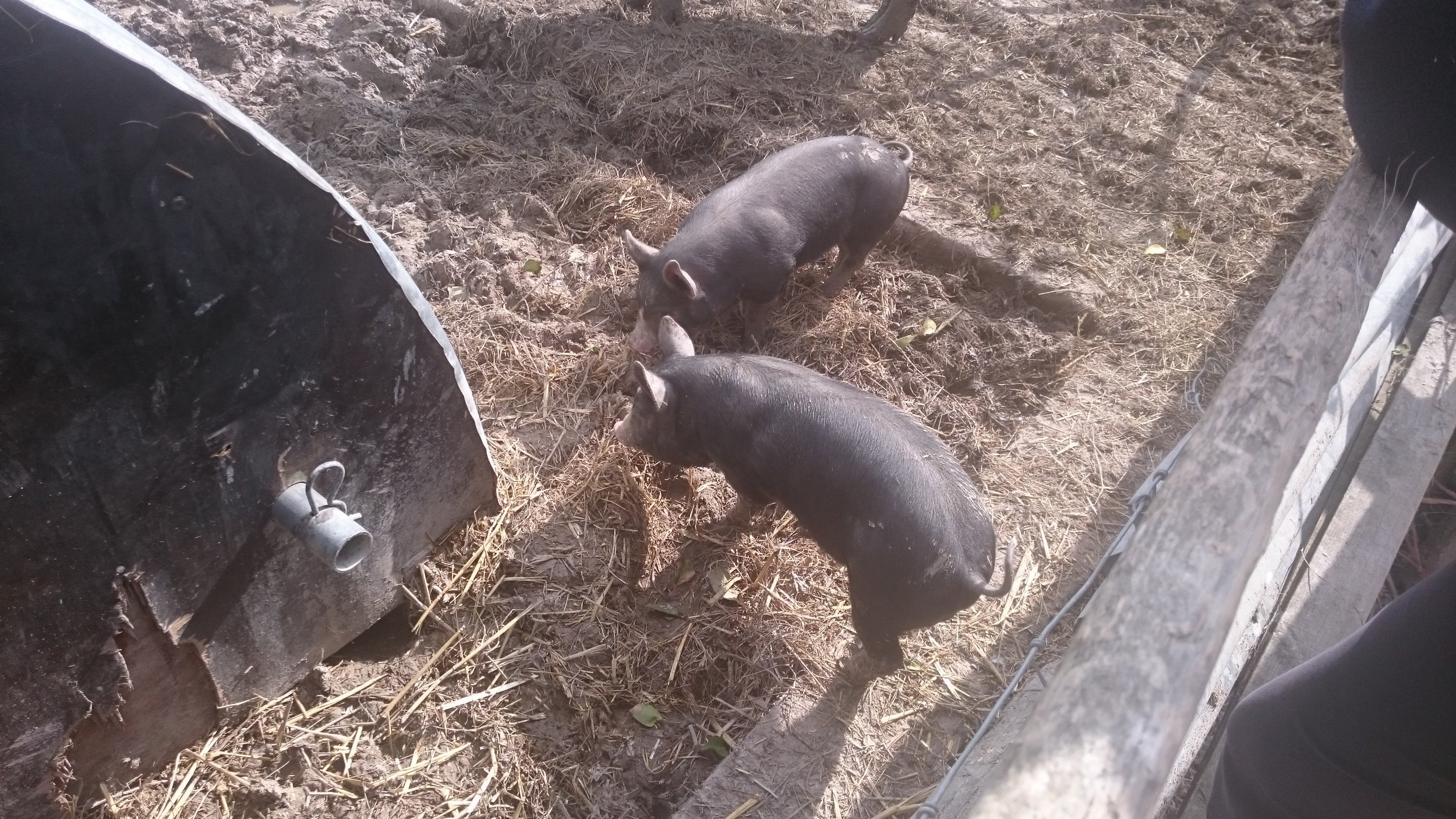
- Care has to be taken when feeding the pigs in winter, especially this year because of the mud.
- The pigs need extra bedding to keep warm.
- Pigs are in pig for 3 months, 3 weeks, 3 days
- Penny came to the farm in November 2015, she farrowed in 2016, unknown to us she had arrived ‘in pig’.
- Penny was not separated from the other pig, because we were unaware that she was in pig.
- New born pigs are at risk of being squashed accidentally by the mother pig. Two piglets were lost this way.
- This is the first year that the piglets needed iron injections.
- Normally outdoor reared piglets obtain iron naturally while rooting in the soil.
- But due to the ground being too wet, they did not venture outdoors.
- Two piglets were lost because of iron deficiency.
Owena Lewis, farmer and therapist, Baulcombes Barn

